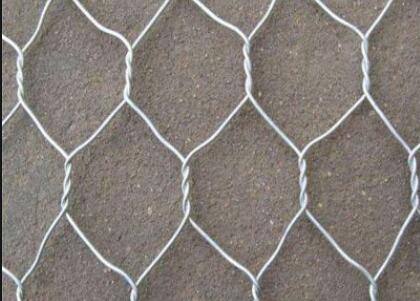The Cost Efficiency of Barbed Wire Understanding Meter per Kilogram
Barbed wire is an essential material in various industries, particularly in agriculture, security, and construction. It serves as a barrier to keep livestock in place, deter intruders, and mark property lines. However, when considering the purchase of barbed wire, it's crucial to understand the units of measurement, specifically the relationship between length (meters) and weight (kilograms). This knowledge can help consumers make informed decisions about the cost-efficiency and practicality of barbed wire for their needs.
The Composition of Barbed Wire
Barbed wire consists of a steel wire that has been twisted together, with sharp barbs added at regular intervals to enhance its effectiveness as a fencing material. The diameter of the wire, the gauge, and the spacing of the barbs significantly affect the strength, weight, and ultimately the price of the wire.
Typically, barbed wire is sold by the kilogram, and you can calculate how many meters of wire you get for each kilogram purchased. This metric is essential because it directly relates to cost efficiency. For example, if one kilo of barbed wire yields 100 meters, while another yields only 50 meters, the former provides better value for the same amount of money spent.
Key Factors Influencing Meter per Kilogram Ratios
Several factors contribute to how many meters of barbed wire one can obtain per kilogram
1. Wire Gauge The thickness of the wire influences its strength but also its weight. Thicker wires weigh more, hence yielding fewer meters per kilogram. Therefore, it's vital to balance strength requirements with cost.
barbed wire meter per kg

2. Barb Design The style and size of the barbs can affect the overall weight of the wire. More substantial or more frequent barbs usually add weight, reducing the length available per kilogram.
3. Material Quality Higher-quality steel may be more lightweight due to advanced manufacturing methods that maintain strength while reducing thickness. This often results in a more favorable meter to kilogram ratio.
4. Manufacturing Processes Different manufacturing techniques may influence the overall design and composition of barbed wire, affecting both its efficacy and cost. Wire drawn using more efficient methods may yield longer lengths for the same weight.
Evaluating Cost Efficiency
When evaluating barbed wire for purchase, it's essential to consider the cost per meter as well as the weight. The cost per kilogram might appear lower for one wire, but if it offers significantly fewer meters per kilogram, the overall value might not be as favorable.
To illustrate, suppose Barbed Wire A costs $50 for 100 meters while weighing 1 kilogram. This translates to $0.50 per meter. In contrast, if Barbed Wire B costs $40 for 30 meters, although it weighs less (say 0.6 kilograms), it equates to a cost of over $1.33 per meter. In this scenario, despite the lower initial cost, Barbed Wire B would be significantly more expensive per meter than Barbed Wire A.
Conclusion
Understanding the relationship between meters of barbed wire and its weight in kilograms is crucial for making cost-effective purchasing decisions. Buyers should consider varying factors such as wire gauge, barb design, material quality, and manufacturing processes. By paying attention to both cost and the meter-per-kilogram ratio, consumers can ensure they are investing wisely in fence construction, security needs, or agricultural applications. In a market where price can often mislead, having a clear understanding of these measurements can make all the difference.

















